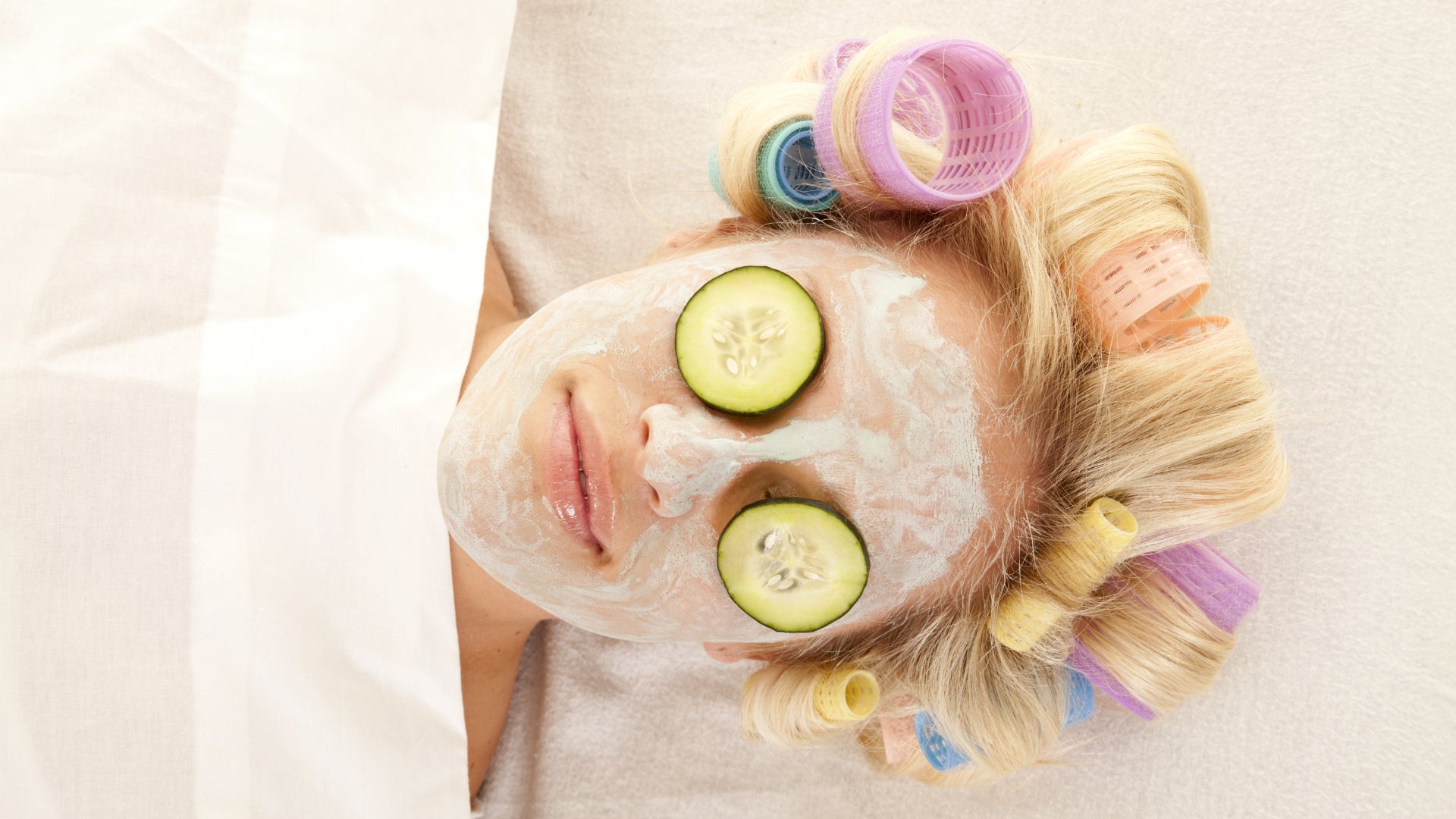
Peptides In Skincare: Do They Really Work?
Not to be confused with something you’d take for an upset stomach, peptides are a worthy ingredient in skincare formulations. And here’s why…
Skincare ingredients are a bewildering bunch and nothing creates more confusion than peptides. Actually, retinoids can be just as tricky to get your head around, but they’re a whole different topic that we’ve already covered before. And anyway, we’re here to talk about peptides.
We’re sure you’ve seen the countless big bucks skincare commercials shouting about peptides, polypeptides, pentapeptides and the like. You know the ones we mean, right? Glitz, glamour and often a Hollywood celebrity thrown in for good measure? Well, hands up if you’ve no idea what the heck they’re talking about, let alone know why you might need to include peptides in your skincare life.
Good news: we’ve come up with the peptides goods, right here, right now. Want the lowdown? Then read on.
What Are Peptides?
According to Merriam-Webster, the definition of peptides is ‘any of various amides that are derived from two or more amino acids by combination of the amino group of one acid with the carboxyl group of another... usually obtained by partial hydrolysis of proteins.’
Wow, that’s cleared that up then. Not.
More simply put, peptides are chemical compounds made up of short chains of amino acids. Amino acids are basically the building blocks of life and are used by the body to make proteins which perform an infinite number of bodily functions, all of which you need to survive. Think growth, healing, the breaking down of food and so on.
While peptides are short chains of between two and around 50 amino acids, proteins are much longer molecules, made up of multiple peptides.
Science lesson over. Well, almost…
Peptides In Skincare
As you know, your skin contains many essential proteins: namely collagen, elastin and keratin. These proteins are the absolute foundation of your skin, giving it support, structure, strength and resilience. Sadly, as your skin ages it starts to lose all these important proteins. In fact, you lose about 1 percent of your collagen every year after the age of 30 which is when the visible signs of aging start to really creep in.
Applying peptides to your skin helps counteract this loss of collagen because peptides act like little messengers to encourage your cells to produce more of it. Your skin sees these peptides as signals that you’ve injured or wounded your skin which kick-starts the cells to produce more collagen and therefore heal itself by restoring a healthy barrier function while firming, strengthening and plumping up your skin. Clever, right?
So, Do Peptides Offer True Benefits For Your Skin?
As with most active skincare ingredients, not all peptides are created equal. Many are unstable, some are too large to be able to penetrate your skin and others just don’t do much. However, there are plenty of peptides that offer true results for a whole host of skin concerns including fine lines, wrinkles, dark spots and hormone-related breakouts.
Matrixyl 3000, for example, is a combination of two peptides that has been independently proven to boost collagen in your skin. In fact, one study showed that Matrixyl can almost double the amount of collagen your skin produces making it one of the most impressive peptides out there.
How To Introduce Peptides Into Your Routine
The best thing about peptides is they’re very well tolerated by the skin. This means they're a great option for almost all skin types and are ideal for treating the delicate skin around your eyes.
If you fancy incorporating some effective peptides into your routine, look specifically for serums, eye treatments and moisturizers that list them in their ingredients. Different peptides target different concerns, but many skincare products combine two or more to offer a complete anti-aging package. Search for fancy names that end in 'peptide' and/or begin with 'palmitoyl,' but remember, products that get left on your skin will be way more effective than those that are washed away. Also, stick with formulations that are packaged in opaque, airtight containers. Many peptides degrade when in contact with light and air, rendering them kinda useless.
Our Eye Gel and Eye Cream are both formulated with peptides, including palmitoyl tripeptides-1 and -5, plus the mighty matrixyl 3000. Collagen loss is very noticeable around the eye area due to the skin being so much thinner than the rest of your face. This means wrinkles, lines and dark circles are going to appear in super fast time and it's why including peptides in your eyecare routine is a really smart plan.
Apply your favorite eye treatment twice a day for the best results, gently patting or smoothing it around the eye area with your ring finger so you don’t put too much pressure on the skin.
And as with any new product that contains active ingredients, always, we repeat always, do a patch test first. Not sure how? We can help you with that, right here.











